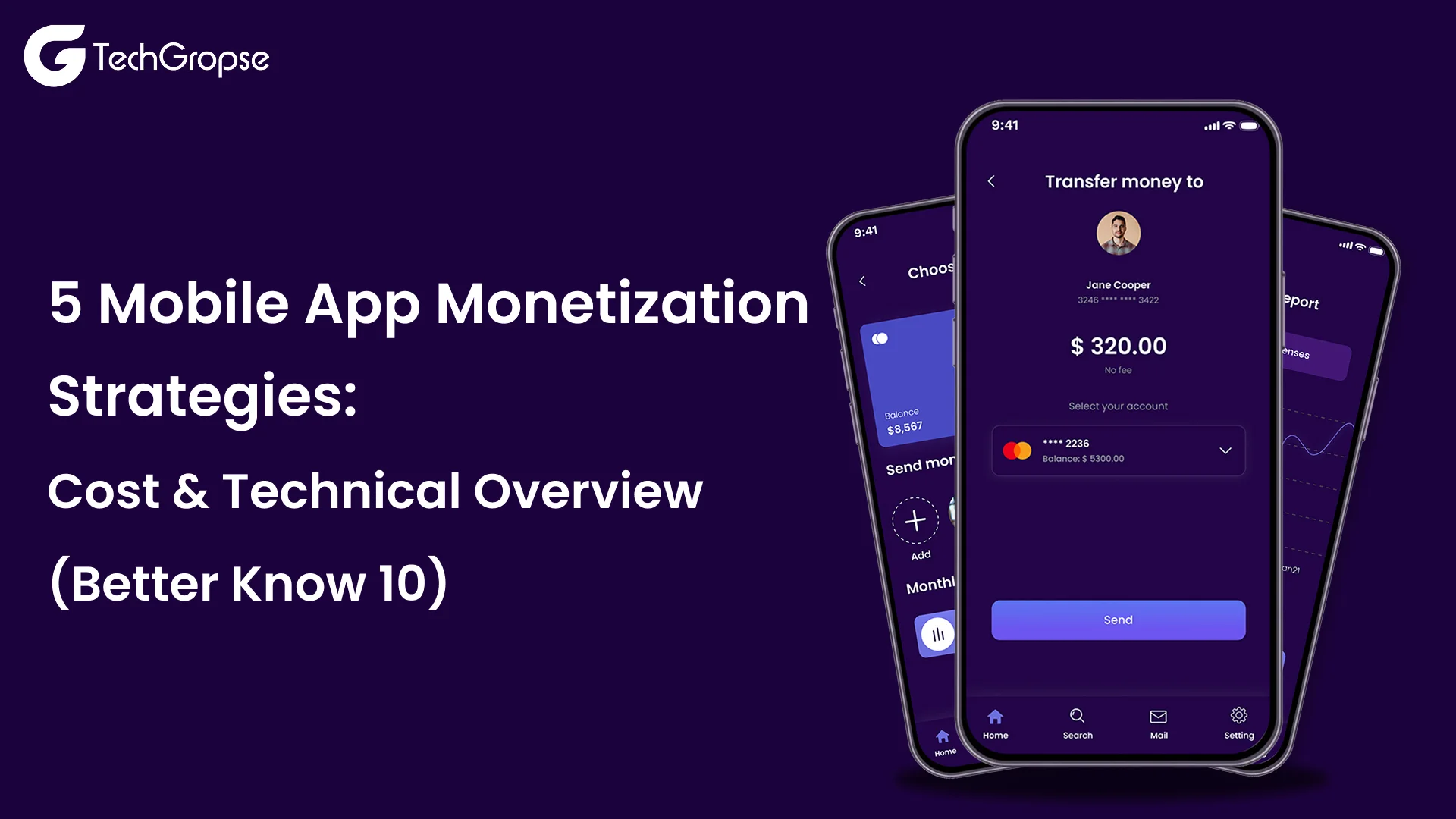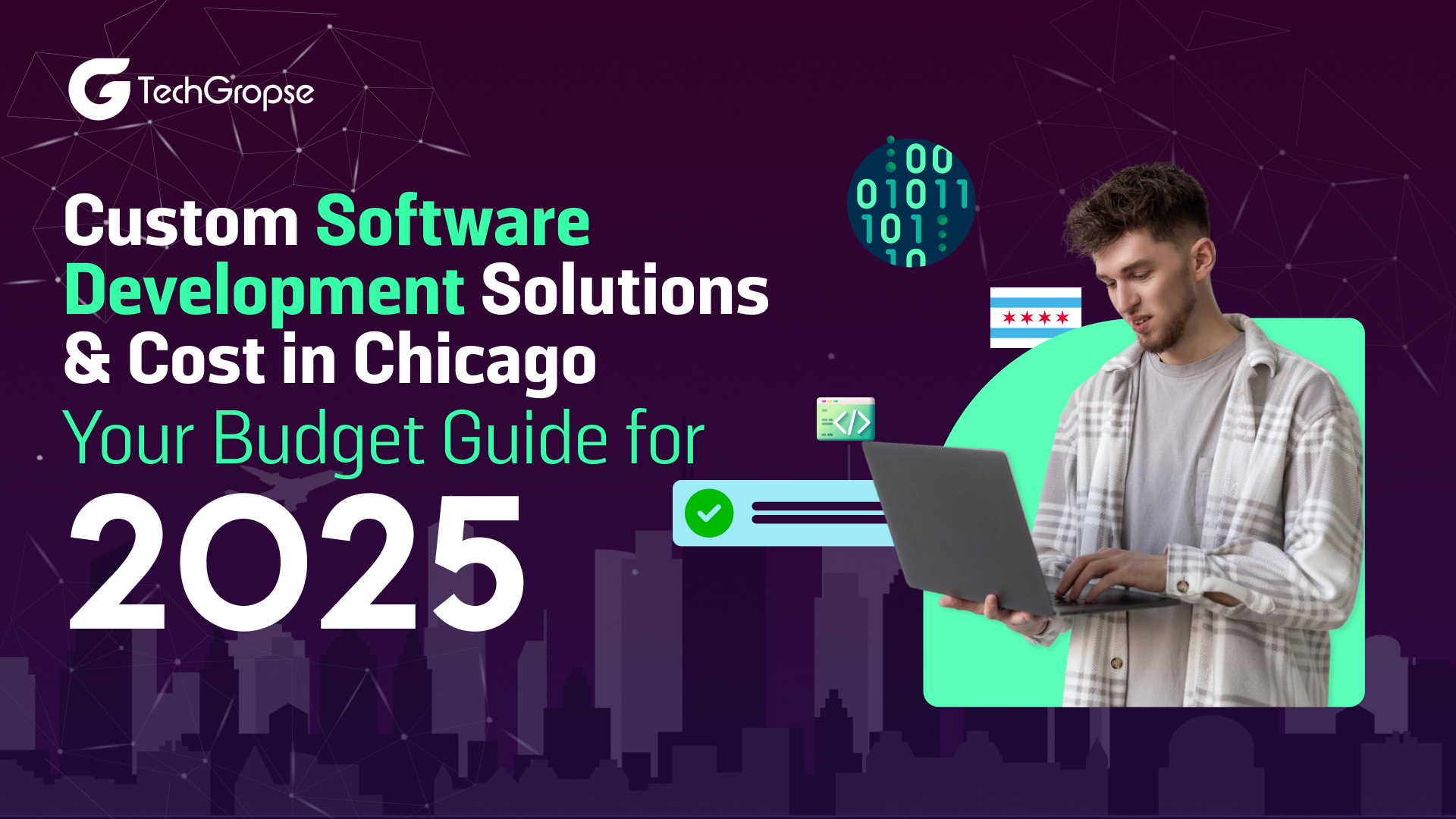In this competitive world, it is challenging for mobile app development companies to sustain and flourish. Many mobile app developers struggle with complicated and slowed-down app deployment. App Developers encounter many complicated steps and tasks that often slow them down and hold them back like virtualization, architecture, and setting up the run time environment.
If you don’t want your mobile app developers to be stuck bouncing between development, QA, and successful deployment, you must shift to the new approach for app development.
What is the 12 Factor App Methodology?
The 12-factor methodology does not eliminate the work’s complexity but creates a structure for the entire process to carry out a healthy app.
Here are some specific parameters for the deploying cloud-native application:
- Declarative formats for setting up automation.
- Compatible with modern cloud-based platforms.
- Minimize the gap between development and production for continuously deploying Software products.
- Allows for scaling up and down without the need for specific changes.
Building Blocks of 12 Factor App Methodology
Here are 12 factor app principles that make you understand how to handle the various subset of your Mobile Application Development:
1. Codebase
You need to build one code base that is fully tracked with the revised controls and can indulge in multiple deployments. This approach tends to automate deployment. Thus, everything can run in different environments without putting in much effort.

2. Isolated Dependencies
The Isolated Dependencies is about explicitly declaring and isolating dependencies because the mobile app is a standalone and needs to install dependencies. A mobile app developer must put the maximum dependencies initially instead of relying on the pre-installed software. As an app developer, you should know what you need in the code under the 12 factor app development methodology.
3. Config
This factor allows the developers to store their configuration files in the environment. It focuses on how they store your data — the database Uniform Resource Identifier (URI) will be different in development, QA, and production.
4. Backing Services
This factor of App Development Methodology tells you to treat the backing services as attached resources because every team requires a different database.

5. Build, Run, Release
As a Mobile App Developer, you want to strictly separate the Build and Run stages, ensuring everything has the right libraries. Then you need to put everything together in something that can be released and installed in the environment and then run it.
6. Stateless Processes
With this, stateless process mobile app development companies or app developers can execute the app as one or more stainless processes to ensure that your data obtains adequate storage at the backing store.
7. Port Binding
Port binding an essential step during the Mobile application development process that allows the app to become a backing service for another app. Sometimes the web apps get executed inside a web server container for the entire process.
8. Concurrency
You need to divide the Mobile App into smaller processes that will allow the app to call out, and it will be able to manage varying loads.
9. Disposability
Here every Mobile App developer needs to make sure that changes can take effect very quickly to start up and take down fast. And that you can handle a crash.
10. Dev-Prod Parity
The gap between the developer stage and the mobile app production leads to delay and further hinders the app development process. But with this factor of App Methodology, you can keep the gap between development and production as small as possible.
11. Logs
Write all your logging information to the system out, so in the future, with the configuration, you can decide where you want to place the logs.
12. Admin Processes
If you don’t want to go messing with the database, use the tooling you can build alongside your app to check the database.
Mobile App Development Companies accepted these modern 12 factor app design principles for mobile app development to make sure that the development process goes smoothly.
The Underlying Benefits 12 Factor Application Principles
Here are some benefits of twelve factor app methodology in the app development process to create enterprise applications:
- Declarative formats for setup automation to minimize the time and cost for new developers joining the project.
- Clean contract with the operating system, offering maximum portability between execution environments.
- Easy to deploy on modern cloud platforms, removing the need for servers and system administration.
- Continuous deployment for maximum agility by limiting the differences between development and production.
- Allows the scaling up and down without the need for significant changes to tooling, architecture, or development practices.
The 12 Factor Methodology approach may not be for you if you are a mobile app development company with a development team trying to overcome the baggage of legacy, on-premise applications. But yes, if you are going with new apps or instances where you’ve already started the refactoring process, that’s when you need 12 factor application methodology. It’s everything about choosing your main problems and if this strategy can take care of them.
The Twelve-Factor App Methodology is a game-changer for building scalable and maintainable apps. Partnering with a User-centric Mobile App Development Services in San Francisco, Atlanta, Chicago, Los Angeles, Houston, Dallas, New York, or Texas ensures your project aligns with these best practices for success.

Hello All,
Aman Mishra has years of experience in the IT industry. His passion for helping people in all aspects of mobile app development. Therefore, He write several blogs that help the readers to get the appropriate information about mobile app development trends, technology, and many other aspects.In addition to providing mobile app development services in USA, he also provides maintenance & support services for businesses of all sizes. He tried to solve all their readers’ queries and ensure that the given information would be helpful for them.









